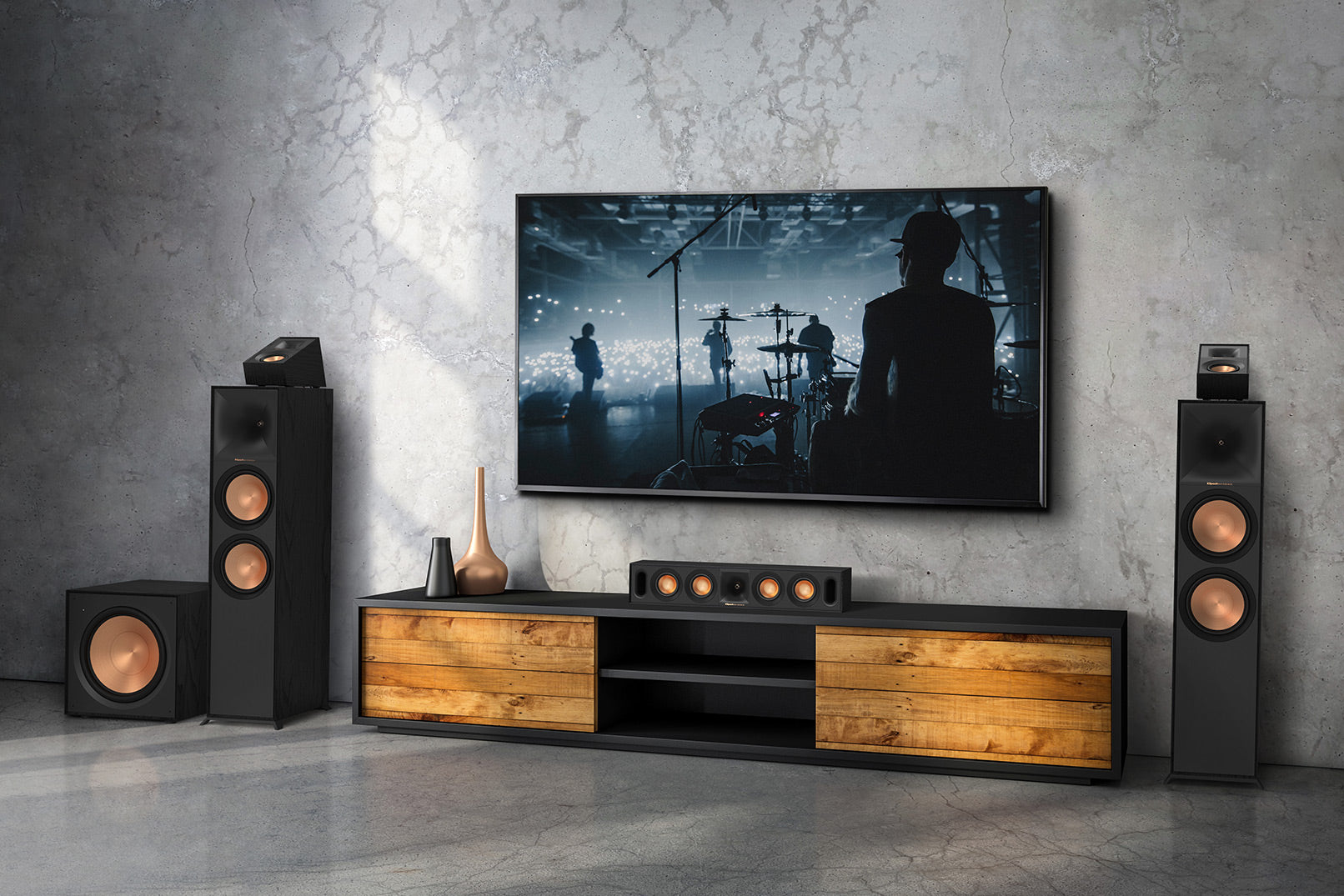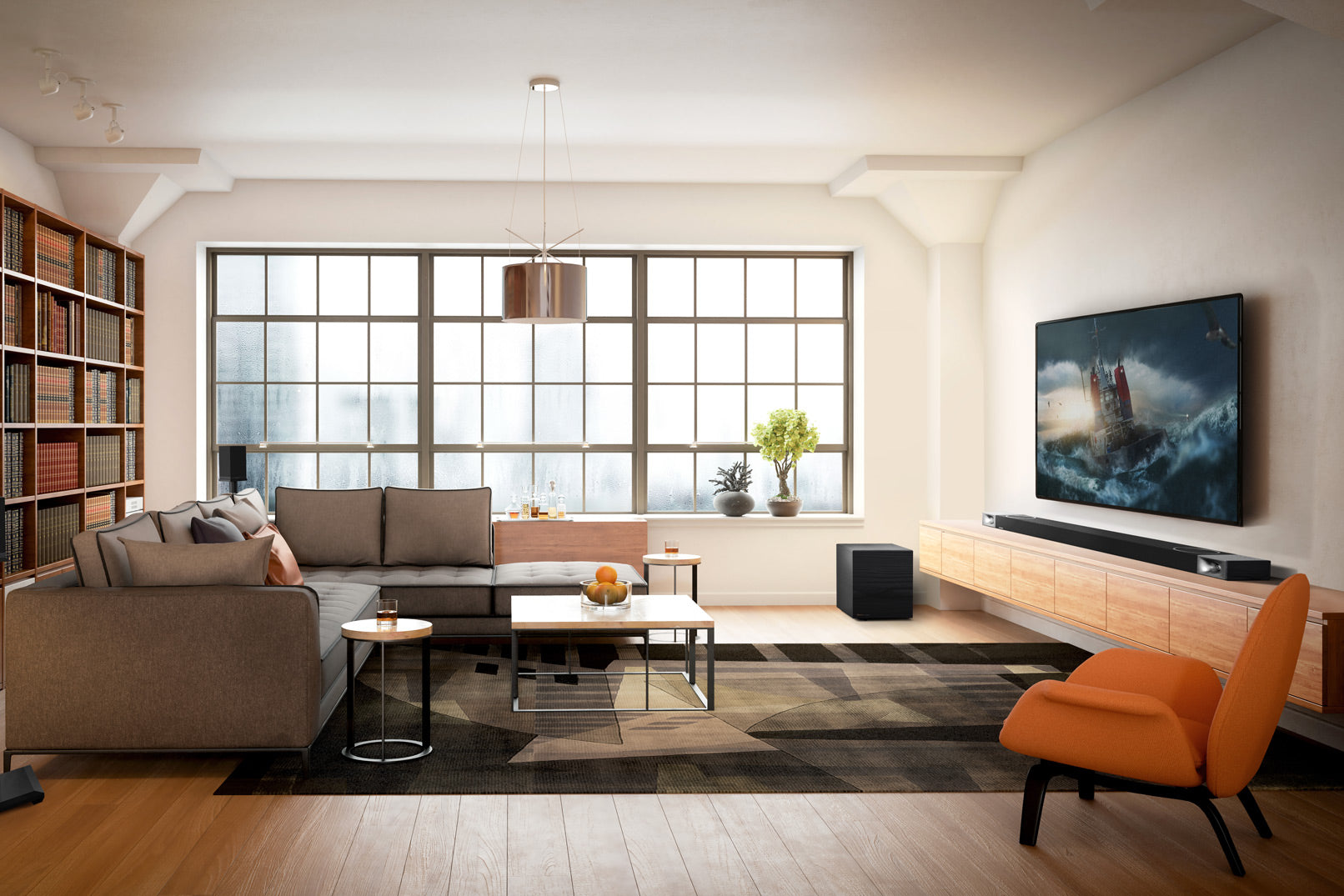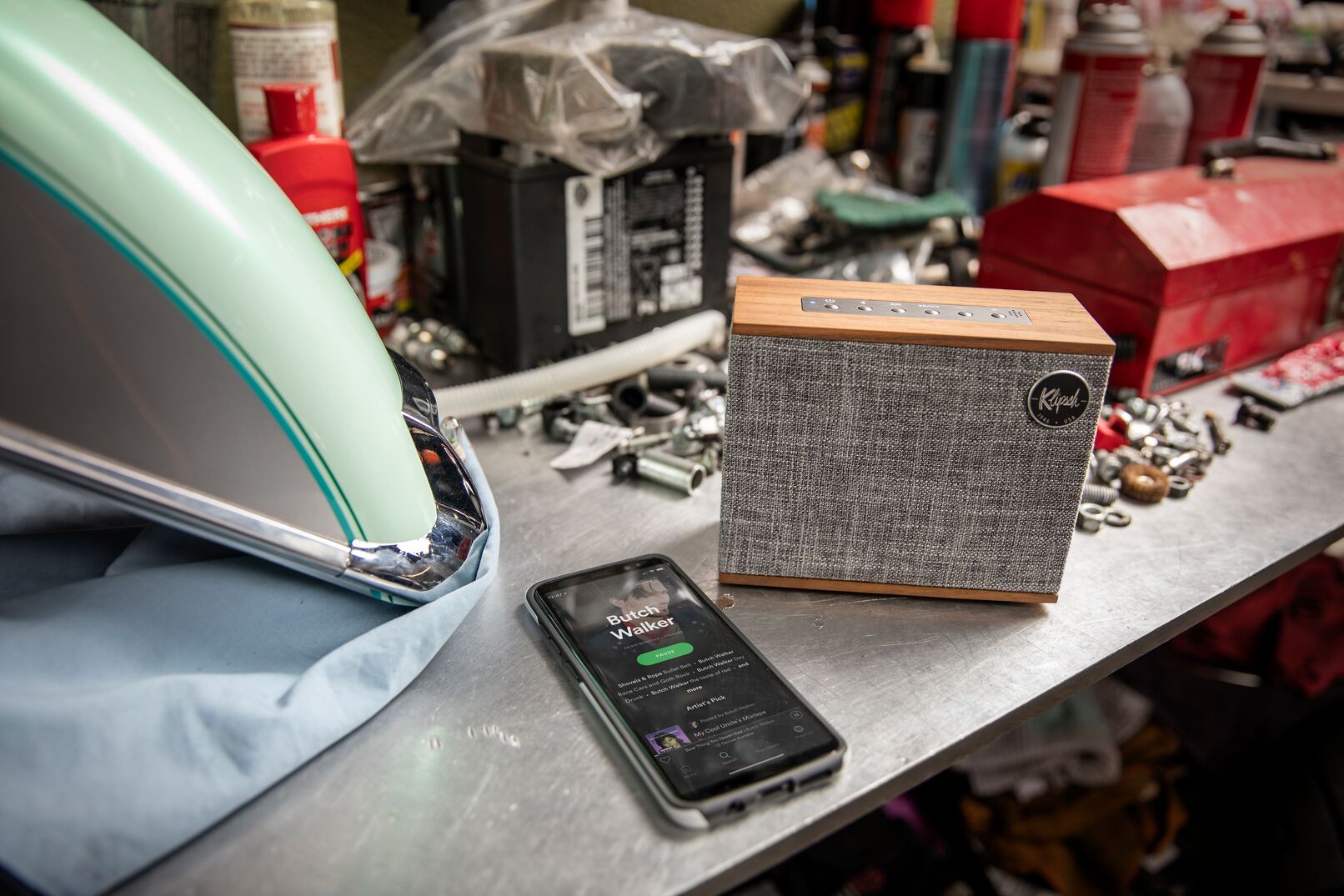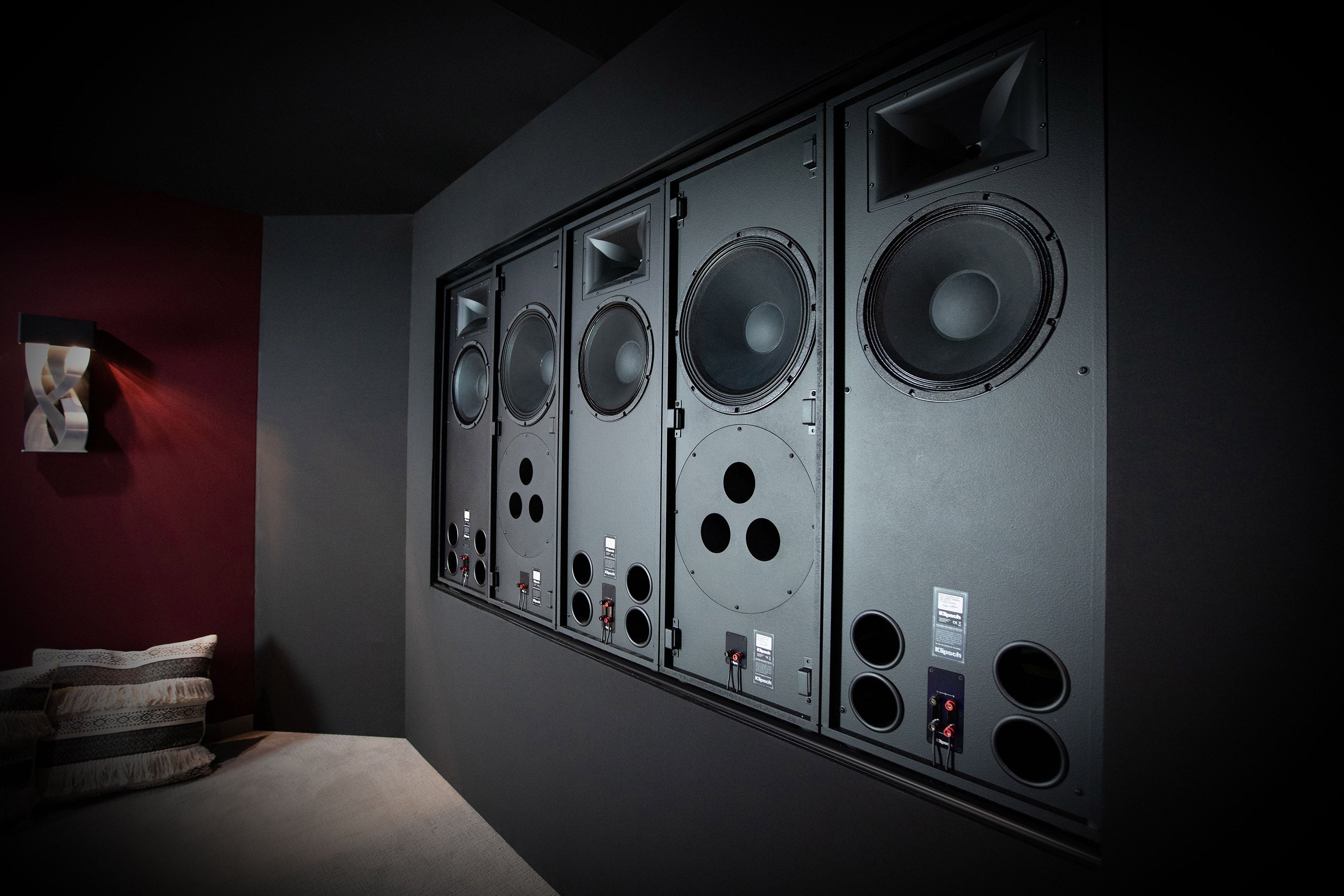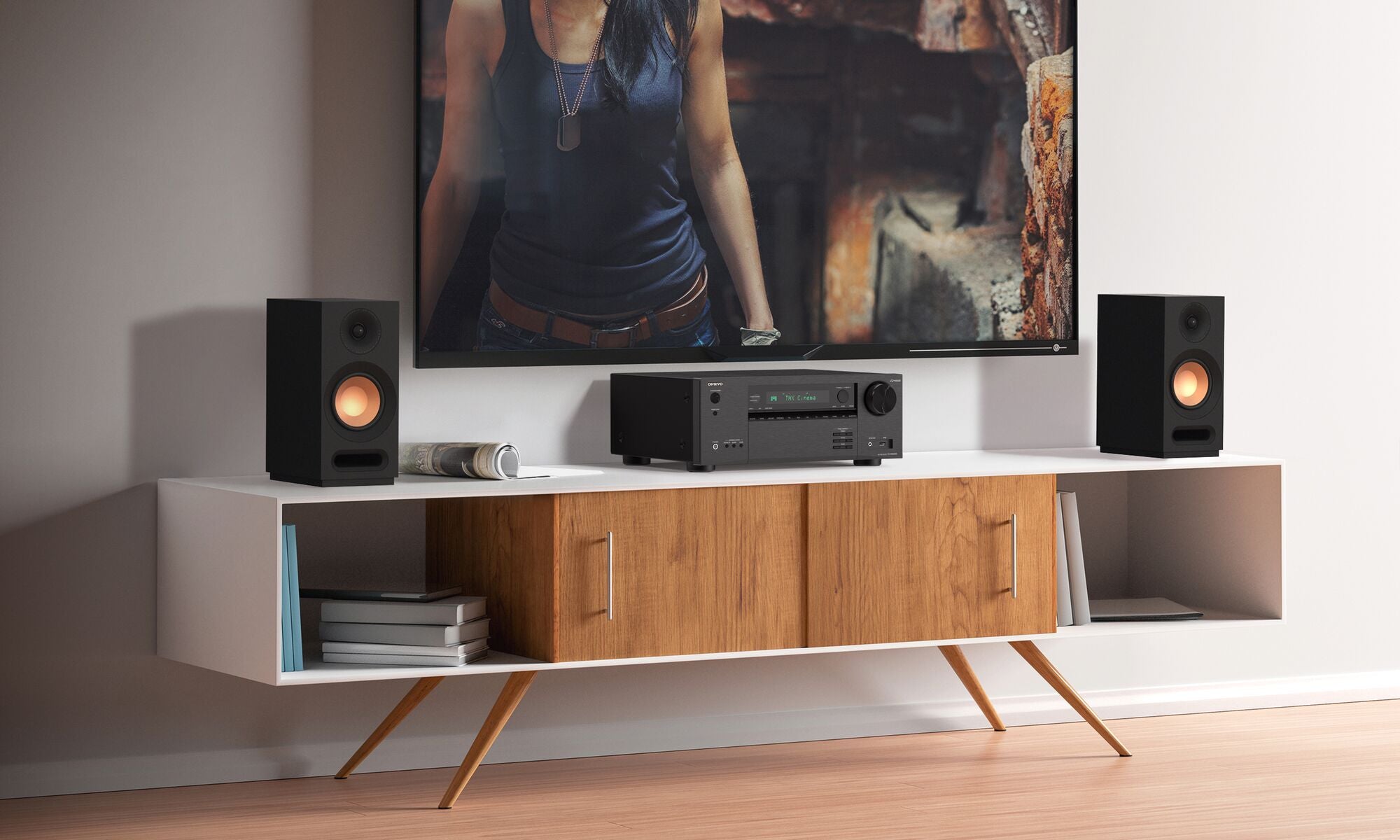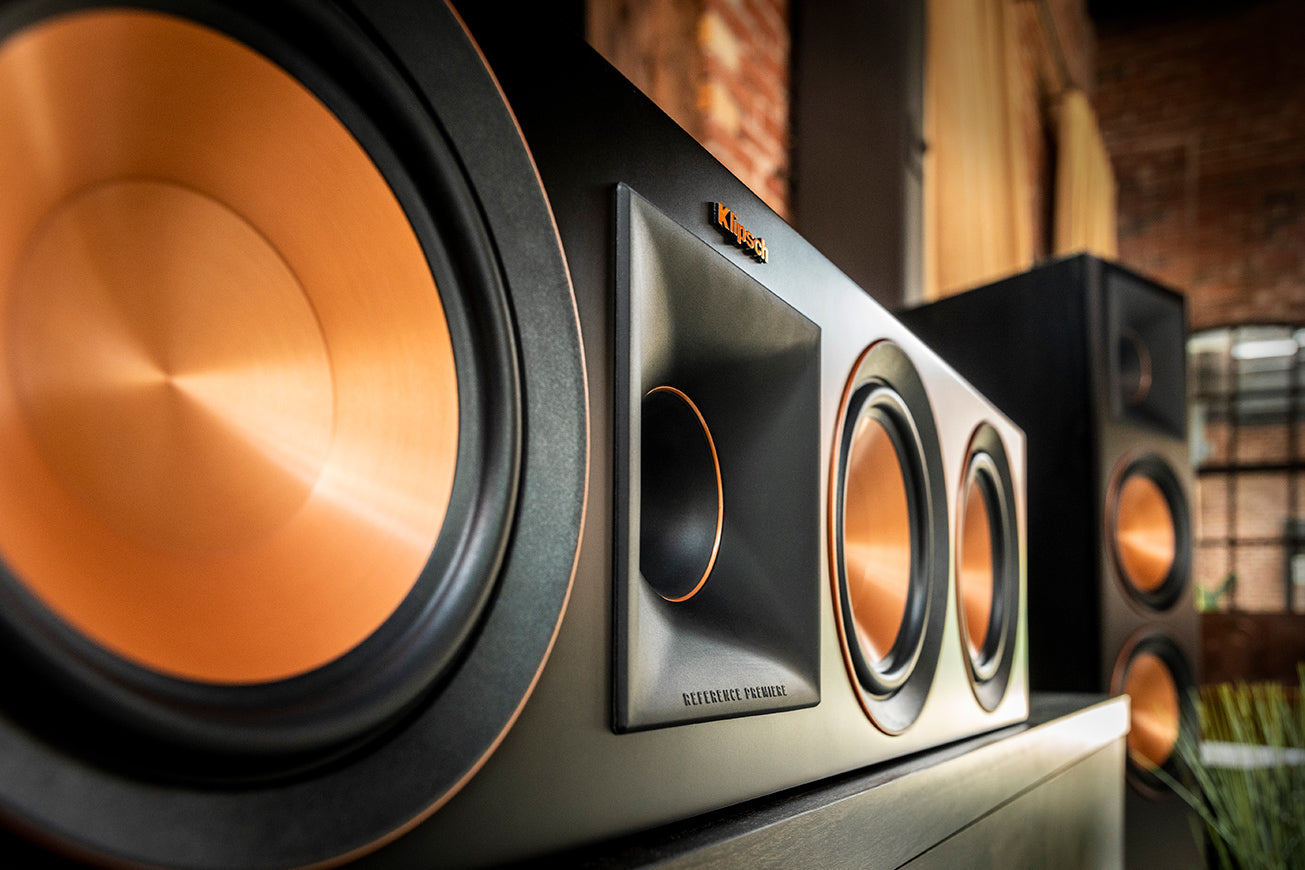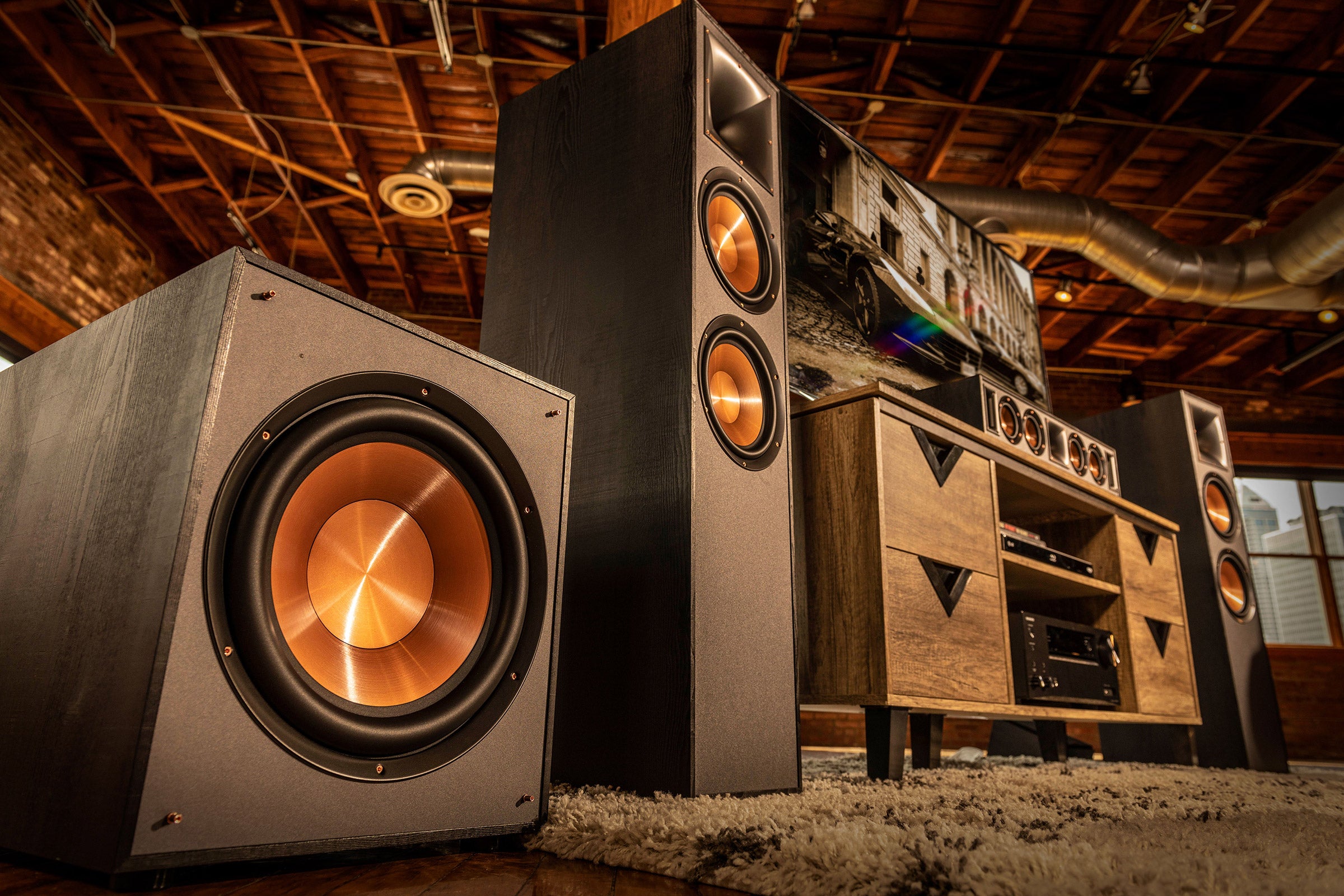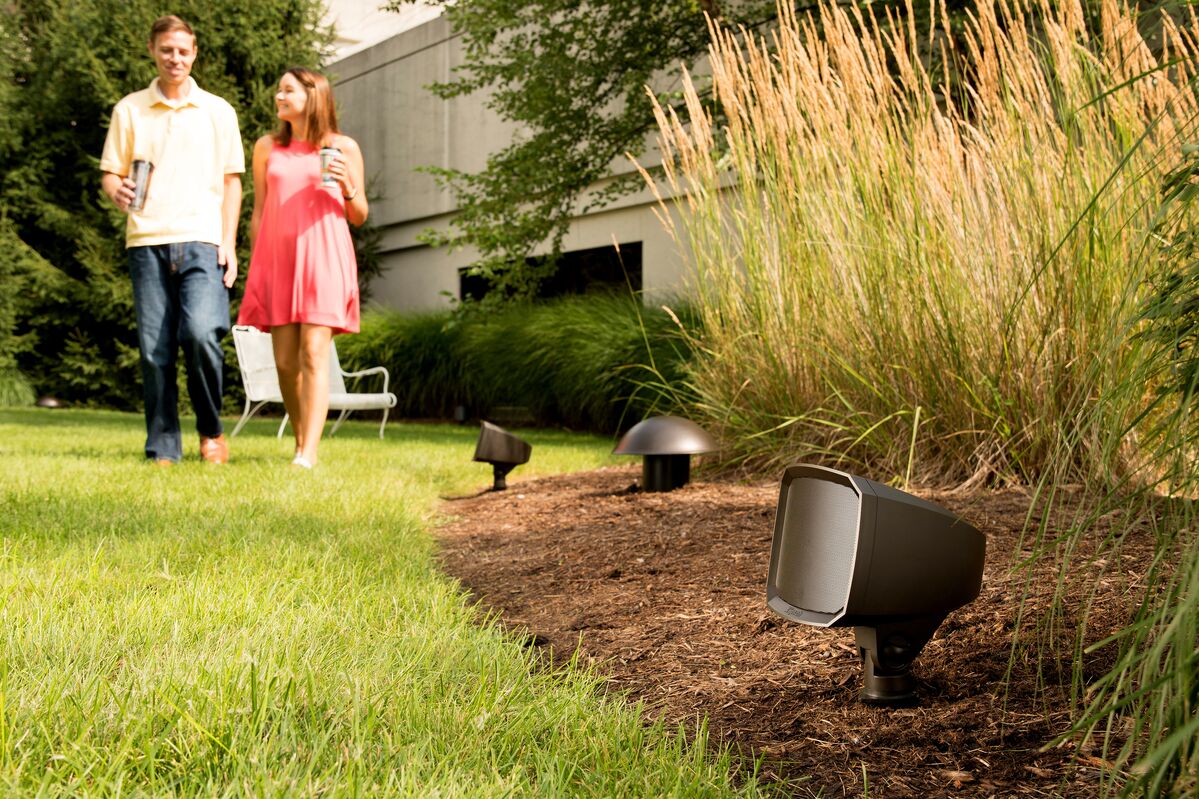Your big, badass home theater system is just about complete. But, from where we sit, there appears to be something missing in the soundstage…
A center channel speaker is a critical component of a home theater system set-up as it delivers about 70% of the dialogue from movies and television. Without one, you’re missing out on vital parts of what you’re watching. Trust us - we know what we are talking about, especially on this topic.
A BRIEF KLIPSCH HISTORY LESSON:
Before we deep-dive into the ins and outs of the best center channel speakers out there, we need to talk about history for just a second.
Klipsch Senior Vice President of Global Brand and Business Development Mark Casavant says founder Paul W. Klipsch (PWK) is widely considered the “Godfather” of center channel speakers.
After Klipsch created the revolutionary Klipschorn for corner placement in a room, PWK would sometimes find a gap in the sound stage in larger rooms where the Klipschorns were spread apart wider.
“You could enjoy an orchestra performance from the left and right corners of the room, but you would not place the middle sound stage of strings or brass because of the lack of a center image,” Casavant explains. Klipsch would then develop a circuit that combined the left and right sides to provide a dedicated center channel, an early development at the forefront of home theater evolution.
In 1957, Klipsch introduced the Heresy speaker, effectively the world’s first commercial center channel speaker. A year later, that center channel speaker was demonstrated at the World’s Fair in Brussels, Belgium.
Casavant adds that decades later, Dolby was instrumental in the use of a dedicated center channel for a truly epic home theater experience. Dolby ProLogic was developed for home use in the late 80s to create a home theater surround sound experience to duplicate the movie theater soundstage. The Dolby ProLogic tech would decode audio to pull out center channel data and send it to the proper speaker.
“In many ways, center channels are directly tied to the continuing evolution of Dolby surround for home theater,” he says.
SHOP CENTER CHANNEL SPEAKERS NOW>
HOW DOES A CENTER CHANNEL WORK?
“In home theater, the center channel is dedicated for dialogue,” says Casavant. “On-screen dialogue and on-screen effects come from right in the middle of the soundscape. The center channel is where the action is.”
Casavant says the center channel speaker also adds gravitas to the special effects in your favorite blockbuster flicks. “Special effects help tell the story,” he says. “But, anything you watch just isn’t the same without the dialogue.” A high-performance center channel ensures the primary content gets to its desired destination - the audience (that’s you).
CRISP, CLEAR DIALOGUE | KLIPSCH CENTER CHANNEL SPEAKERS
“Our center channels deliver great sound where you want it and not where you don’t. Klipsch truly duplicates the power and authority of real cinema performance in your home!”
Mark Casavant, Klipsch Senior Vice President of Global Brand and Business Development
BUT, IS A CENTER CHANNEL NECESSARY?
A center channel speaker is the most important speaker in a surround sound setup because it does most of the work. Most of the action, and conversation, in a movie, happens front and center on your screen, meaning that the center channel is the one reproducing it.
By not splitting the audio information among the left and right speakers, except what’s supposed to be there, you let each speaker focus on part of the job, letting each one reproduce its part of the soundstage to perfection.
WHERE SHOULD I PUT MY CENTER CHANNEL SPEAKER?

While the answer of putting your center channel in the middle of your home theater system setup seems like a no-brainer, Casavant says it’s important to remember the center channel’s position in terms of balancing the soundstage. “Proximity is important,” he explains. “All channels should be equal volume in the listening space.”
Casavant says not to let the A/V receiver outsmart your own ears and it really comes down to common sense - make sure your center channel is level with the rest of your speakers, in terms of the soundstage.
LEARN HOW TO SET UP A 7.1 SURROUND SOUND SYSTEM>
HOW DO I TURN UP THE VOLUME ON MY CENTER CHANNEL SPEAKER?
Casavant says finding the balance on volume is as simple as downloading an app like DecibelX, which will help you find the harmony between the center channel, your floorstanding/bookshelf speakers, subs, and surrounds. “Don’t turn your surround sound speakers up too much to overcompensate,” Casavant says.
Casavant also recommends using a test tone from your A/V receiver to set the center channel speaker precisely where you want it. “Bump the center channel up a couple of decibels,” he says. “That ensures everyone will hear the dialogue.”
Casavant says experimentation is key. “Every room and sound system is different.” He does point out that Klipsch center channel speakers are already calibrated for delivering smooth response to the listening position because our world-class acousticians have verified every unit to ensure the famous Klipsch controlled directivity, high efficiency, and low distortion.
“Our center channels deliver great sound where you want it and not where you don’t,” he says. “Klipsch truly duplicates the power and authority of real cinema performance in your home!”
Mark Casavant is the Klipsch Senior Vice President of Global Brand and Business Development. Casavant has held a number of roles within the Klipsch organization during his 28-year tenure. He is a huge fan of the "John Wick" films.

